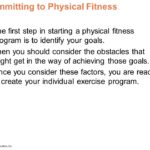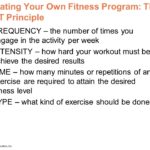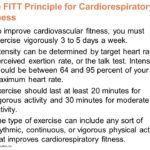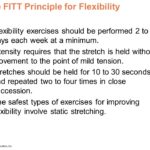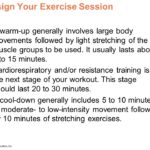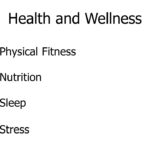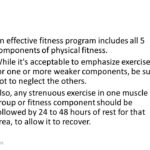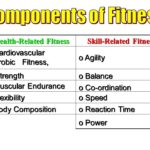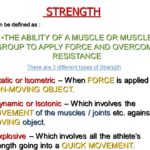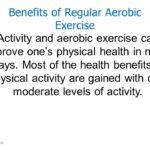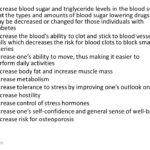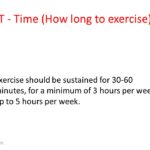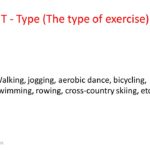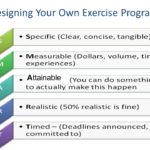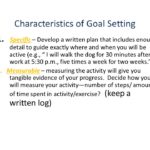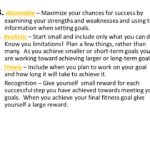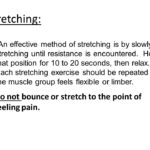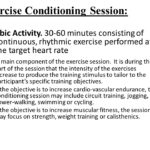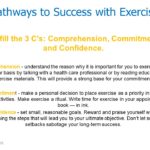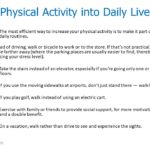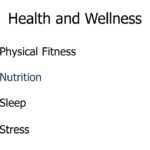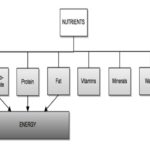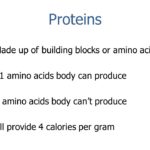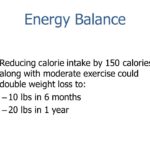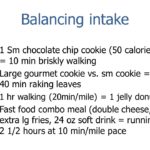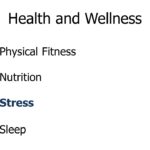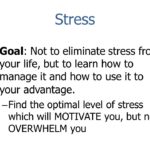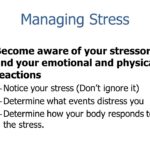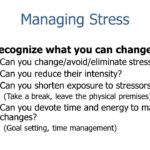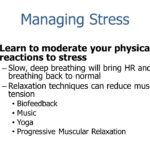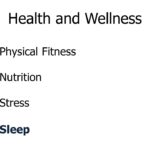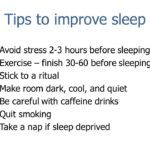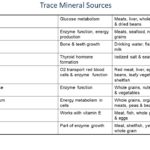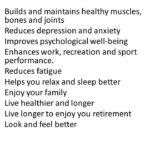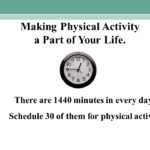The Pillars – Athlete’s Holistic Lifestyle
Training is at the core of an athlete’s high-performance life, but it’s so much more than that.
Ever wonder how professional athletes stay on top? How they perform consistently well, day in, day out? Yes, they train hard, but that only gets them so far. The real secret to their success is a holistic approach to achieving their goals. A 24/7 commitment to being their best across their mindset, training, nutrition and recovery. We don’t expect you to be aiming for superhuman, pro-athlete status, of course. But, whatever level you are, if you want to become the greatest version of yourself, you need to embrace this holistic mindset, too. Find out what 3 building blocks make up this approach and how they connect to each other.
1. Training Diversity
To keep growing, it’s important to challenge your body to develop by giving it new stimuli. First, through training variety whereby you split your year into 3 or 4 training journeys, each with a different primary focus. Second, by training in different heart rate intensity zones to condition your body in different ways. Learn more in our article on workout variety.
2. Fuel for Greatness
● Eating clean: Healthy nutrition through clean eating fuels the body with exactly what it needs to achieve both mental and physical strength. This back-to-basics nutrition concept supports you in numerous ways, from boosting brain productivity and raising energy levels to helping prevent health risks like high blood pressure, and assisting in recovery.
● Hydrating properly: It seems obvious that if you sweat a lot, you need to drink a lot. Yet this important nutrition habit sometimes gets overlooked or isn’t done the right way, and it can harm your performance in all kinds of ways.
● Adapting intake: It’s important to adapt your nutritional intake as you progress in your training goals. Your metabolism ramps up as your body develops, meaning that it needs to consume more calories over time. Not fueling up at the right level can slow down your athletic performance.
3. Recovery: No Rest No Reward
● Training breaks: Athletic progress takes place not just in training but also during days off. Exercise stimulates muscles, while rest enables muscles to regenerate and grow. To progress in your goals, you need to strike a balance between training and recovery periods.
● Relaxation techniques: It’s important to build relaxation into your daily routine as a way to reduce stress. Why? Stress is the enemy of achieving athletic goals. It messes up your sleep, drains your energy for training, leads to poor eating habits, and sends your attitude spiraling downward. Techniques like meditation, yoga and breathing exercises do wonders to relax your body and mind to ward off stress. Find what works for you.
● Sleep: We’ve said it before, but we’ll keep on repeating it – good sleep is essential to performance. It supports muscle growth, stress reduction and overall well-being. Don’t even try to succeed without it.
Putting Together the Holistic Puzzle
Body, brain, attitude – they’re all connected. When you improve in one area, you automatically enrich the others. Good nutrition and recovery support training goals. Seeing good results from training stokes your motivation, and that drives you to set the bar higher, and to be more disciplined about eating, training and recovering. The cycle repeats. Success builds on success. It takes all 3 pieces to build the puzzle we call long-term athletic development. It isn’t always easy, but it’s the only way to reach your true potential.
Training as a reward: Reality OR NOT?
For some people there’s nothing better to treat themselves than by a long run. Why is that so?
Do you know people who always choose a long run after work over a cozy night with pizza, Netflix and a glass of wine? Or don’t join you for that second cocktail and leave the party early because they want to be fit for tomorrow’s morning workout? These people seem to have their sh** together, right? But why are these choices so easy for them to make and rather than a struggle, it’s what they actually prefer to do? Read on to find out how you too can train your brain to crave a workout, rather than dread it.
Learning what feels good
So what exactly is the difference between those seemingly over-motivated actives and an average person? It’s actually pretty straightforward: The former have internalized that training simply makes them feel good. For these guys, regular exercise equals treating themselves well. You’re maybe thinking you too know training is good for your body – but still this doesn’t make you crave it. The thing is: It goes far beyond only knowing this. It’s about experiencing it yourself. Why is that so important? Because the limbic system, also called the “emotional brain“, learns what feels good. During exercise various hormones, such as endorphins, are released in the reward center of the brain. As a result, you feel really good and your mood rises. Repeating this “reward” (i.e. the good, satisfying feeling), and establishing the association between physical exercise and a rise in your mood, teaches your brain that this is actually enjoyable and good for you – not only for the obvious physical benefits. Not always straight away, but overtime you’ll see how regular training can actually prevent a bad mood and also help you deal with stress. It just takes a few weeks to get to that stage.
How to get your brain to want to work out
But what if you don’t belong to the group of people who sees a 15 km run as a treat? Don’t worry, this way of thinking and behaving is not a genetic trait. The release of the so-called happiness hormone is a natural biological reaction of the brain that basically anybody is entitled to. All you have to do is give it a try and make your training a regular habit. Although cardio workouts are said to release more endorphins than other types of exercise, you can rest assured that once a habit, any kind of sport that makes your heart rate rise will make you crave it sooner or later. And actually, it’s not so much the sports you crave, but the feeling. The important thing here is continuity so your brain can strengthen the bond between the impulse (the long run in the morning) and the reward (you feeling amazing). If you’re facing troubles getting started in the beginning, add a social note to it and either convince your partner or friends to join you, or just join one of the training groups near you. During your workout, try to consciously be aware of the energy kick you get, and observe how your mood rises. Take a picture afterwards when you’re feeling invincible and proud of your achievement. Every time you look at that photo, you will be reminded of how good the workout made you feel, and hopefully this will motivate you to do it again.
It’s all a matter of time and dedication. But your well-being makes every second and bead of sweat worth it.
Celebrate Yourself!
No sugarcoating it: the road to athletic and personal transformation is long and steep. But you can make the journey sweeter by celebrating your achievements along the way.
Goals and greatness – the themes go hand in hand. Becoming the best version of yourself takes persistence, continuity and a No-Excuses mindset. Goals give you focus and grit as you push through the hard work of building a stronger body and brain. Yet amid the sweating, there’s one thing we sometimes forget to do: celebrate the milestones along the way. Why is it important to respect these occasions?
What do you do when you have finished a training journey and crushed your PB? Do you do a fist pump, a few clap claps and immediately start focusing on your next goal? Or do you take a moment to reflect on your achievement – where you were and where you are now? While it’s true the only way to keep growing is to keep setting new goals, it’s also super critical to applaud what you accomplished as you reach each one. Because, in the end, that is what really keeps you motivated to stay on the long road to transformation.
Respect Your Hard-Working Body
As an athlete, you have set a goal to get in better shape. You are pushing your body hard, maybe harder than you have ever done before. It may be tempting to focus on what you cannot do rather to acknowledge what you can do, but even if you just hit your very first training target, you need to celebrate your body’s achievement. Serve up some respect for the mind and muscle that made it possible. How? First, measure your progress, no matter how small. Start to track your workouts and PBs, and take some photos of yourself along the way to keep a visual journal. Second, stop comparing your body to somebody else’s. Everyone’s journey is unique, and everyone reaches their goals at a different pace. Respect your body’s own progression. Finally, with each milestone, reinforce your promise to take care of your body – to train and feed it well. It deserves no less.
Celebrate Your Commitment
With each workout, you demonstrate a personal commitment to making yourself stronger and better. You are more of a bad-ass than you realize. Every time you push yourself out of bed at the crack of dawn to train, every time you put in a sweat session after a long day at work, every time you force yourself to exercise when you would rather do anything else, you win the fight against procrastination and laziness. That deserves to be celebrated! Most people never achieve this level of dedication, and it is why so many fail to reach their goals. That does not mean there are not weeks when you fall off the workout wagon – we are all guilty of that. Rather, it means you understand that it’s your commitment driving you from one goal to the next. You may pause, but you don’t stop, no matter how long it takes.
Thank the Setbacks, Too
Goal set but not achieved on time? Disappointment is part of life and happens to everyone. Yet we tend to obsess over the 20 percent of times we fail and ignore the 80 percent of times we succeed. We bash ourselves for minor setbacks when actually, they can play an important role in achieving goals if we react to them in a positive way. For starters, you can use moments of failure to think about why you set off on this athletic journey to begin with, what motivated you to say “no” to limits and mediocracy, and to aim for something much better. That should refresh your motivation. You can also choose to learn from failure by examining why you did not hit your target, and what you can change next time in order to make it the time around. Look at it this way: there are a lot of steps along the path to success. Some are wins, some are losses, but they all matter.
If you want to go from strength to strength, you need to keep raising the bar with your goals. All good. Just don’t forget to celebrate each and every victory along the way.
Go Long or Use shortcut?
When it comes to success, long-term is key. Ever heard the saying “there are no shortcuts on the way to achieving excellence”? Well, it’s true. They say it takes an Olympic athlete 10,000 hours of training and competing to reach the top of their game. Ok, so you might not be aiming for an Olympic podium position, but if you want to avoid failure, it’s important you understand what goes into a sustainable training routine that guarantees continuous improvement.
The long-term training plan
Think of your training as an industrialized operation – it requires a method. An effective training program fosters athletic development over time. The key term here is “over time”. This is important because physical stress has long-term effects on the body. What we mean by this is that desired results won’t happen straight away or even from one week to the next. It is the sum of all previous training and adaptation that produces athleticism. Even exercise or sports done during childhood will affect athleticism during adult years and it’s often the case that many who played football as a child or teenager find they have a relatively good condition when they are older, even though they may not have done any sports for years. That’s why it’s not enough to follow a short-term weight loss program or a get fit quick fix. You have to have a long-term strategy. But what does a long-term strategy look like?
A sustainable training program involves 3 stages:
Your year should be split into 3 to 4 cycles. Each training plan within the cycle should have a different focus, e.g. cardio, strength etc., and include the following 3 stages: preparation, competition and transition. The preparation phase trains the body for overall fitness and works on general strengthening and conditioning. The competition phase includes taking on a measurable challenge that you’ve trained for throughout the preparation phase. Last, is the transition phase. This is a chance to transition to a method that is different than your usual. People who make the mistake of continuously choosing a training plan that worked for them in the past and trying it again and again, will stop seeing results sooner or later. In order to progress, you must continuously challenge your body by adding variety.
The long-term mindset
Long-term athletic development is equal part mindset and training. Of course it’s good to set short-term goals, but in order to succeed, as soon as you’ve reached one you must be prepared to begin working towards the next. The concept of continuous improvement comes from the Japanese industrial philosophy known as Kaizen. Although the Kaizen approach was developed in the manufacturing sector to lower defects and encourage worker purpose and accountability, the principles can be applied almost anywhere, especially in the field of sports.
The Kaizen philosophy in sports
Kaizen is all about creating continuous improvement through small, ongoing changes that can reap major improvements in the long run. By following the principles which make up the core Kaizen philosophy you can achieve the correct mindset required for long-term results. These principles include: letting go of assumptions, being proactive about solving problems, not accepting the status quo, letting go of perfectionism and taking an attitude of adaptive change. But the most important principle is never stop improving – this is key to any individuals performance as an athlete. Remember…there is always more you can achieve.
Essential Core Values – The Health Game
SMART goals are what you set. CHARM is how you achieve them. You know all about setting SMART goals and the importance of making your objectives specific, measurable, attainable, relevant and time-based. The next step is using CHARM – consistency, honesty, accountability, re-evaluating and motivation to achieve them.
C – Consistency
Once, occasionally, now and again…these are not enough. Achieving your goal requires you to take action, consistently, over time. If you’ve got your sights set on a long-term goal, break it down and work towards smaller, more specific goals that take you closer to the overall objective. As long as you take consistent action, you will continuously develop.
H – Honesty
Honesty is one of the key factors to success. It’s about being honest with yourself when setting your goal. Is it really for me? Can I achieve it? Am I willing to put in the hard work? It’s about being honest when you train: Not skipping any sessions, completing the workout, doing the exercises correctly. You can lie to others, but your goals know the truth and the only person you’re cheating is yourself.
A – Accountability
We always say that the best thing about joining a training group is that training with others makes you accountable. You’re less likely to skip a session when you’ve got someone waiting for you at the training ground and a training buddy can also provide honest support and feedback to help you stay motivated, consistent and developing.
R – Re-evaluating
By breaking your goal down into smaller ones you can regularly re-evaluate and adapt your objective and also your training to ensure you’re still developing in the right way. Be willing to try new things and add variety.
M – Motivation
Motivation is our reason to act. It’s the driving force behind our actions and is shaped by our environment. You can stay motivated by reminding yourself why you’re doing this. Or you can change your environment so it has a positive effect on your goal. External disturbances mean you require more volition to work against them, so remove all the external disturbances that could potentially have a negative influence on your progress.







































